- Teacher: Dr. KAVITA THAKUR
Course Objective: The course has been designed to make students understand the new
Indirect taxes, i.e., Goods and Services Tax. It helps them to understand the practical
implications involved in GST and application of GST rules in Tally.
Course Outcome:
CO1: Know about importance of Indirect taxes in India and the journey of GST in India
since the year 2004.
CO2: Know about the application of GST in Tally.
CO3: List out the accounts to be maintained as per GST laws and various returns to be
filed to get the input tax credit.
CO4: Know about the application of GST in case of businesses which are service-oriented
and rates for service businesses and their application mechanism.
CO5: Know about Application of GST in tally ERP 9, recording business transaction in
relating to business transaction and other relevant areas which have to be filed by the
business entity as per GST law.
CO6: Creating GST invoices etc in Tally ERP 9 (Basic Introduction)
CO7: understand the reasons behind the implementation of GST in India and its effect on all
the sectors of Economy.
CO8: Practical exposure to GST in businesses.
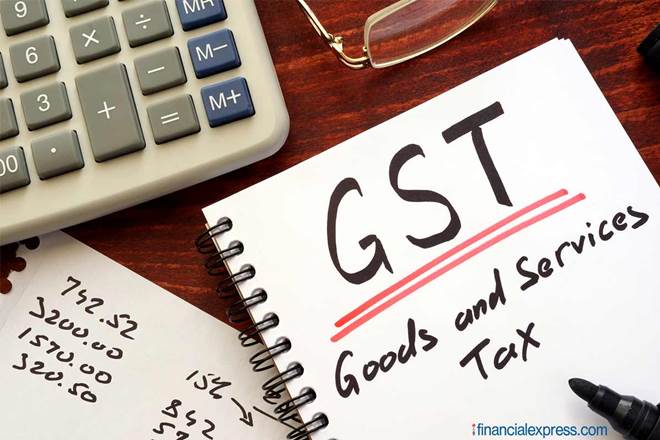
- Teacher: AMULYA VUNNAVA
| COURSE OUTCOMES: | ||||
| CO1: | Apply managerial accounting and its objectives in a way that demonstrates a clear understanding of ethical responsibilities; | |||
| CO2: | Analyze cost-volume-profit techniques to determine optimal managerial decisions; | |||
| CO3: | Perform cost variance analysis and demonstrate the use of standard costs in flexible | |||
| CO4: | Identify the guidelines for selecting the most profitable set of products or services | |||
| CO5: | Prepare a master budget and demonstrate an understanding of the relationship between the components; | |||
| CO6: | Identify relevant cost in decision making. | |||
Student Code of Conduct
Rule 1
Mobile phones must be kept away from visibility and on Complete Silent mode during
lecture sessions, unless otherwise stated by the faculty. Student(s) found violating the rule
will be suspended from the on-going session instantly and attendance will be denied.
Rule 2
Students are not allowed in the classroom without calculators for all accounts, income tax,
and other numeric subjects (like Business Statistics). Non – adherence or sharing of
calculators will lead to suspension from the on-going session and denial of attendance for
the subject.
Rule 3
Students must carry the prescribed textbook/study material (for accounts, income tax,
English and other numeric subjects like Business Statistics) in the class. Sharing of
Textbooks/study material is not allowed and non adherence of the rule will lead to
suspension from the on-going session and denial of attendance.
Rule 4
Classroom Discipline:
Noise in Classroom in the presence of teachers :
Such behaviour will be strictly dealt with.
Sleeping in lecture sessions :
Strictly not allowed. Will lead to suspension from the on-going session.
Late entry in classrooms is not permitted.
Grace time:
First hour – up to 8:35 am
Subsequent lectures – up to 5 minutes of commencement of class
Eating/chewing(gums) during class sessions is not allowed. Will lead to suspension
from the on-going class.
Offensive language and misconduct in classrooms will not be tolerated in any case.
Students will be put through the Discipline Committee. Any such incidents against
faculty especially will lead to immediate suspension from classes until meeting with
parents.
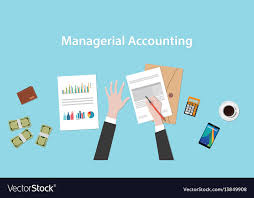
- Teacher: DURGA VAIDEHI G
COURSE OBJECTIVE: To appraise the students about the regulations in Insurance Business and reinforce the concepts of insurance which will help them in understanding their insurance needs.
COURSE OUTCOME:
Upon learning this course, student will be able to:
· Student will have basic idea of types of insurances and various reforms that exit. It would enable students to understand the role and functions of IRDA.
· Students will have a brief idea about nomination, transfer, repudiation, frauds and protection. They would understand grievance handling mechanism and international trends of Insurance.
SCHEME
OF EXAMINATION: All evaluations are conducted as per the norm of Osmania
University. These are two components of evaluations: Internal – 10 Marks,
External –40 Marks
There will be 2 internal examinations during the semester as per the schedule
of Osmania University. At the end of each semester, final external examination
will be conducted by Osmania University.
Pattern of Internal Examination Schedule/Date is decided by the University.Each
Internal Examination is of 10 Marks.Final Marks of internal examination is the
average of two internal exams of 10 marks. Questions are of objective types and
conducted and evaluated at the college & by the college.
- Teacher: JAYA LAXMI D
Course Objective: The course has been designed to make students understand the new
Indirect taxes, i.e., Goods and Services Tax. It helps them to understand the practical
implications involved in GST and application of GST rules in Tally.
Course Outcome:
CO1: Know about importance of Indirect taxes in India and the journey of GST in India
since the year 2004.
CO2: Know about the application of GST in Tally.
CO3: List out the accounts to be maintained as per GST laws and various returns to be
filed to get the input tax credit.
CO4: Know about application of GST in case of businesses which are service-oriented
and rates for service businesses and their application mechanism.
CO5: Know about Application of GST in tally ERP 9, recording business transaction in
relating to business transaction and other relevant areas which have to be filed by the
business entity as per GST law.
CO6: Creating GST invoices etc in Tally ERP 9 (Basic Introduction)
CO7: understand the reasons behind the implementation of GST in India and its effect on all
the sectors of Economy.
CO8: Practical exposure to GST in businesses.
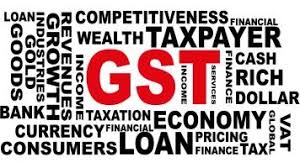
- Teacher: AMULYA VUNNAVA
| COMMERCE LAB | ||||||||
| Academic year | 2019 - 2020 | |||||||
| Semester(s) | VI | |||||||
| Course code &Title | BC606 | Commerce Lab | HPW : 4 HRS CREDITS: 4 | |||||
| Instructor | Ms. P.Harini | Marks : 100 | ||||||
| Course format | Different teaching and learning pedagogies will be used to enhance learning | |||||||
| Course Description | Commerce Lab provides practical exposure of the processes and procedures followed by organizations in conducting commercial practices. The lab provides practical orientation to students by linking the subject syllabi with practical training in the lab. | |||||||
| Course Objectives | C01 understand the importance of licence and related documents for establishments C02 coherent knowledge of the theoretical and professional disciplines of banking. C03 Understand legal provisions related formation of a company C04 Imparting practical knowledge as most of the returns are submitted through Internet C05 To develop global competency and keep them updated with recent practices in the business world C06 Practical exposure of the processes and procedures followed by organizations in conducting commercial practices. | |||||||
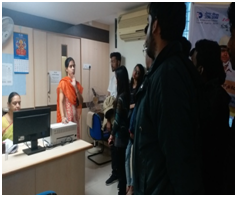
- Teacher: HARINI PAGADALA
OBJECTIVE OF THE COURSE:
- To acquire basic conceptual knowledge on Relational database model, ER model and distributed databases
- Understand and implement various SQL queries
- Ease with Database (SQL) environment and error handling.
COURSE OUTCOMES: By the end of the course, the student will be able to:
CO 1: Understand basic database concepts, including the structure and operations of the relational data model.
CO 2: Ability to describe and implement the Relational Database concepts
CO 3: Potential to understand and execute Queries using MYSQL
CO 4: Understand and apply logical database design principles, E-R diagrams & database normalization
CO 5: Gains knowledge about creating backup file and recovering of data
CO 6: Understand the concept of a database transaction queries and related database facilities
CO 7: Understand the role of the database administrator
CO 8: Knowledge about data integrity, security, recovery, performance etc…
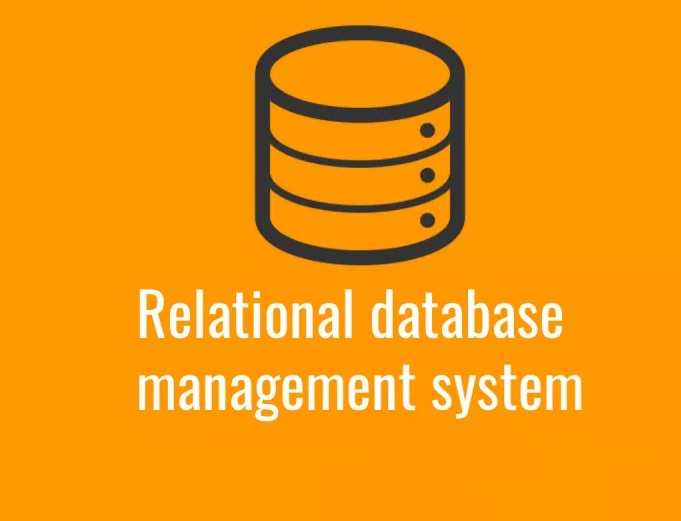
- Teacher: VIDYA SAGAR JODU
COURSE OBJECTIVES
The objectives of the course are to introduce the concept of electronic commerce, and to understand how electronic commerce is affecting business enterprises, governments, consumers and people in general. In addition, we will study the development of websites using relevant software tools.
1. Acquaint students with a
fundamental understanding of the environment and strategies in the New Economy.
2. Provide analytical tools to understand opportunities in unreserved or undeserved New Economy markets.
3. Provide a fundamental understanding of the different types and key components on business models in the New Economy.
4. Provide guiding principles behind the design and strategy of the customer web interface.
5. Understand the traditional and new communication/marketing approaches that create competitive advantage in the New Economy.
6. Provide insights on how to implement strategy in the New Economy.
7. Understand the metrics that New Economy firms to use to measure progress, customer satisfaction, and financial performance.COURSE OUTCOMES
At the end of the course, the students is expected to realize the problems involved in designing and building e-commerce systems; understand the need to design EC systems that fully meet the requirements of the intended users; appreciate the need to ensure that the implementation of a design is adequately tested to ensure that the completed EC system meets the specifications; be fully aware of the principles and practice of an O-O approach to the design and development of EC systems; be able to apply these principles in practice.
CO1 Explain the components and roles of the Electronic Commerce environment.
CO2 Explain how businesses sell products and services on the Web.
CO3 Describe the qualities of an effective Web business presence.
CO4 Describe E-Commerce payment systems.
CO5 Explain how to meet the needs of Web site visitors.
CO6 Understand Web marketing approaches and elements of branding.
CO7 Explain the client/server infrastructure that supports electronic commerce.
CO8 Understand legal and ethical issues related to E-Commerce.
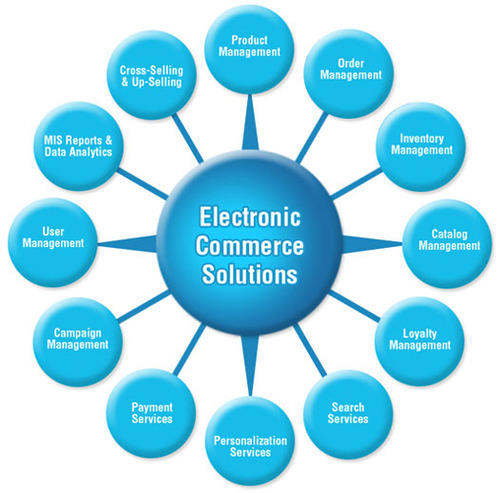
- Teacher: NOOR UNISA